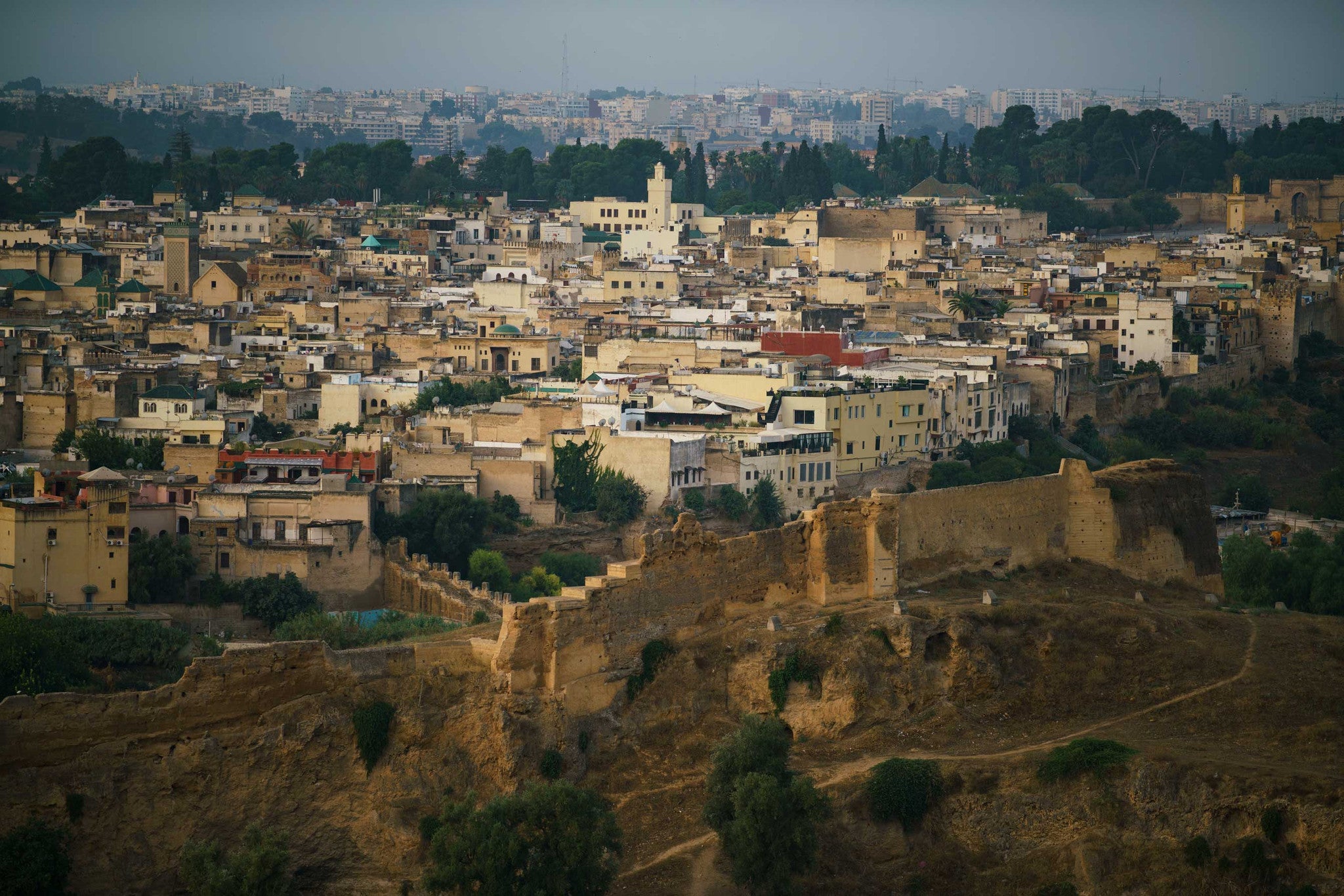Master of Craft
AN ANCIENT TANNERY
Fès, Morocco
Scroll to explore
The Story
A CONVERSATION WITH
Mohammed Abdullatif
Master Tanner in Fès, Morocco
Mohammed Abdullatif is a master tanner from the venerable city of Fès, Morocco. Abdullatif is a senior member of the tanning trade that has flourished in the city since the ninth century when the sultanate was founded. The old Medina quarter, where he has lived his whole life, is also the center of the leather trade consisting of three ancient tanneries, recently restored at full capacity, with the support of UNESCO. The traditional techniques employed by the craftsmen are a physically rigorous affair and especially odious to some, although the resulting leather quality is undoubtedly a testament to their artisan skills and passion, passed down from their forebears.
Craftsmanship for us is a part of you, a piece of you,
MOHAMMED ABDULLATIF, MASTER TANNER
your life.
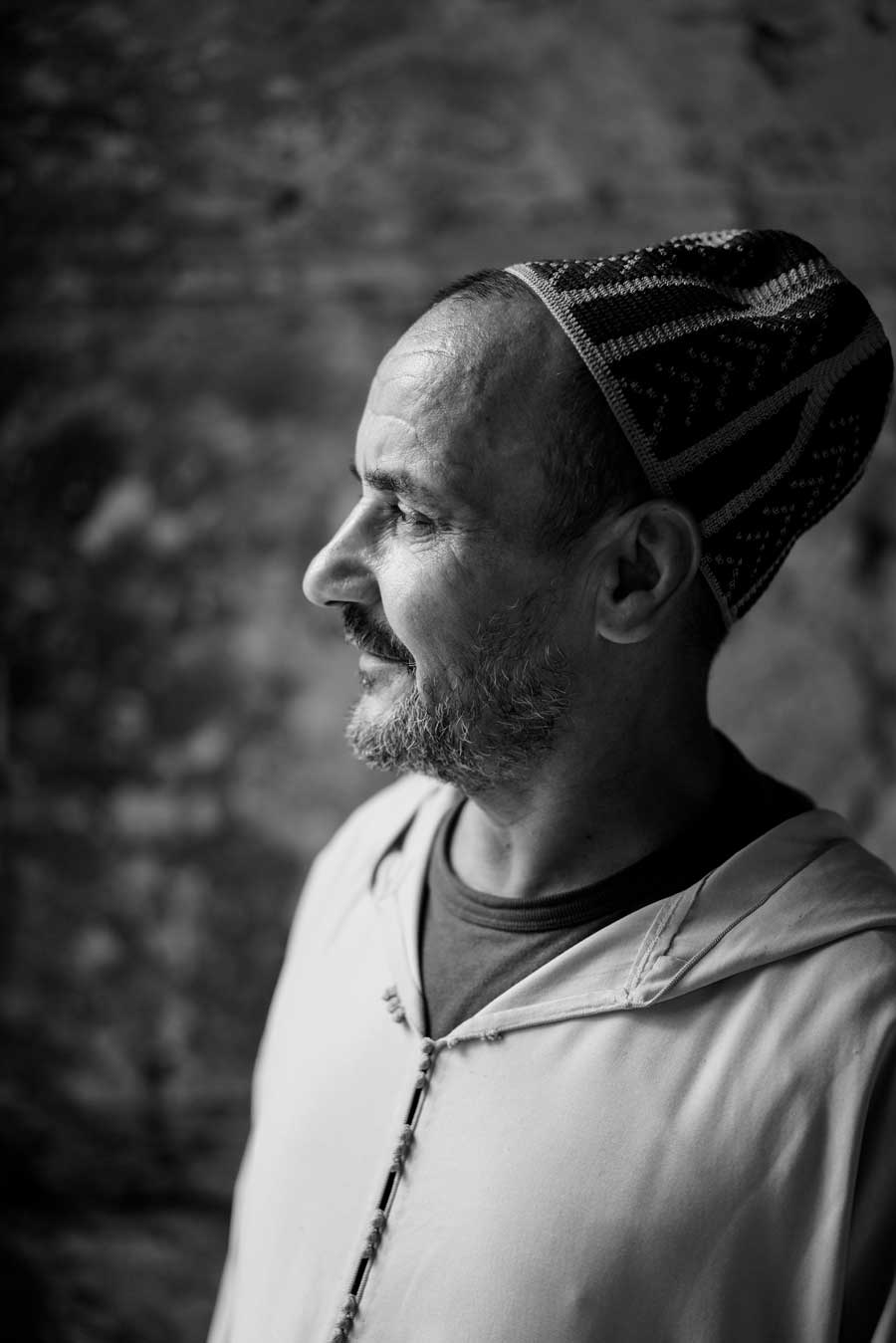
S+O — WHAT MAKES FÈS AN INCREDIBLE CITY TO LIVE IN?
Abdullatif — Fès is a special city in Morocco. It was the first sultanate in the kingdom of Idris. I was born in this city. I have traveled to the south of Morocco and to the north, but when I am here something is different. We have this saying: “I drink the water of this city. I smell the air of this city, and I eat its bread. Even if I visit the whole world, I will surely come back”.
For many years, the city’s neighborhoods had large doors with maybe twenty families sharing that door. They had everything that was needed behind these doors, including Turkish baths, Koranic schools, and mosques. And if something happened, you could close the door and all the families that lived within the walls would help each other. Even if there are no longer doors, the familial relationship between the neighbors perseveres. We still look after each other and still share the spirit of the neighborhood.
S+O — WHAT ELSE HAS CHANGED ABOUT FÈS OVER THE YEARS?
Abdullatif — A new city has sprung up around the old walled city, but the landmarks, monuments, and streets of Fès El Bali have remained as they were with over nine thousand five hundred alleyways that make you feel transported back in time, six or seven hundred years ago.
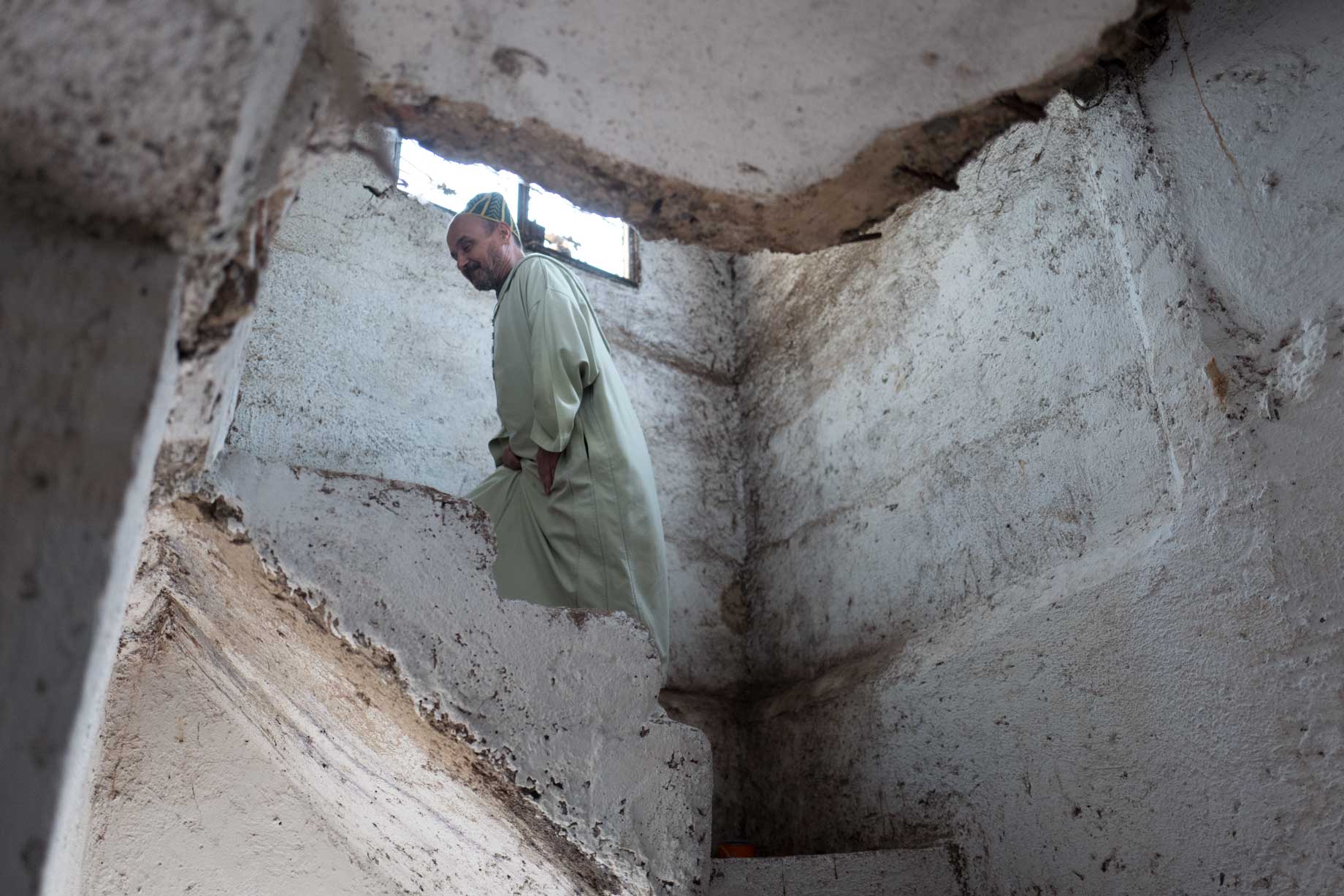
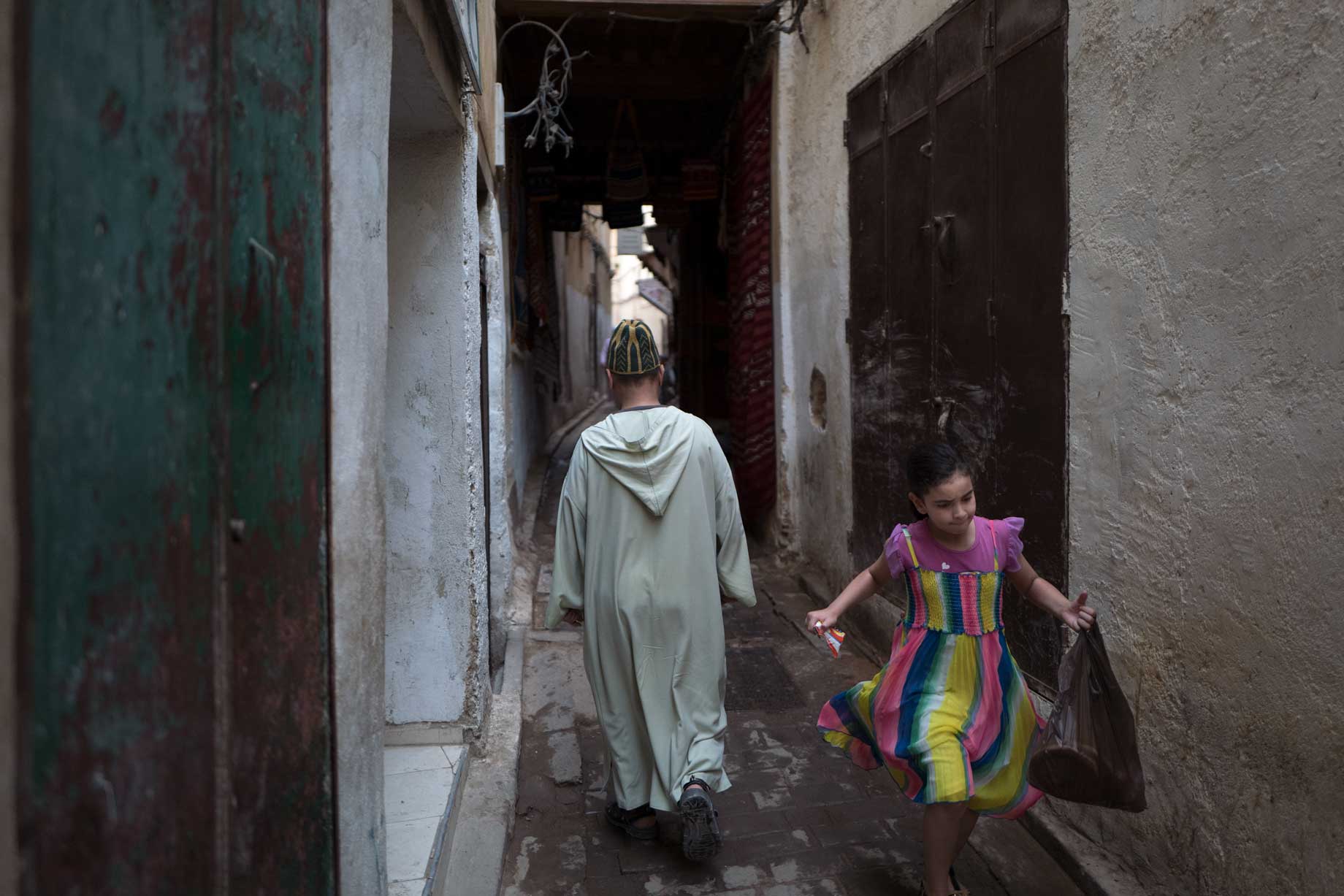
S+O — HOW IS LEATHER TANNING INEXTRICABLY TIED TO THE CULTURE OF FÈS?
Abdullatif — Leather tanning has a twelve hundred year history in Fès. It is the tradition here. We don’t let this symbol die. We must continue to teach the craft.
We have a proverb that says: “Craftsmanship, if it doesn’t make you rich, it will at least sustain you and will likely prolong your life”. It is a proverb that says that craftsmanship is everything.
Anyone whose family is in the trade, will continue the work and never let it go.
Whether you study something else, to be a doctor or professor, your pride always comes from the fact that you descend from a family of craftsmen regardless of your trade. This is why the trade remains the same. Craftsmanship for us is a part of you, a piece of you, your life.
S+O — HOW IS LEATHER TANNING DIFFERENT THAN THE OTHER ARTISAN CRAFTS OF THE CITY?
Abdullatif — Not everyone can say: “I’m a tanner”, because there were once great, old families that were tanners. There isn’t a center of study dedicated to this craft. Some other crafts like pottery, mosaics, wool spinning, all have centers, but tanning does not. Some crafts have new machinery and factories, but tannery hasn't changed in this way. Usually, it is a member of your family who teaches you the trade. You must be young. You must be strong. It is a harsh work environment. It is a way of life, so you cannot simply do it as a job. You must do it from your heart.
"It is a way of live, so you cannot simply do it as a job. You must do it from your heart. "
S+O — DESCRIBE THE PROCESS OF TURNING AN ANIMAL HIDE INTO LEATHER FOR GOODS.
Abdullatif — The skins are bought from the souk located at the edge of the city. They are brought back to the tannery and go through all the necessary steps to prepare them for the artisans to create different products, from slippers to belts, bags and home decoration.
The leather is first washed in the traditional solution made of pigeon excrement, cow urine, lime and water that removes the salt and softens the hide for the removal of the hair, wool or fur. Then, after the hair is removed by hand, the product goes back into the solution again to finish the softening. This process can take several days. Then the product is washed in large spinning spools to prepare it for the natural dying process. We use all natural dyes and pigments that usually come from minerals, or plants and spices.
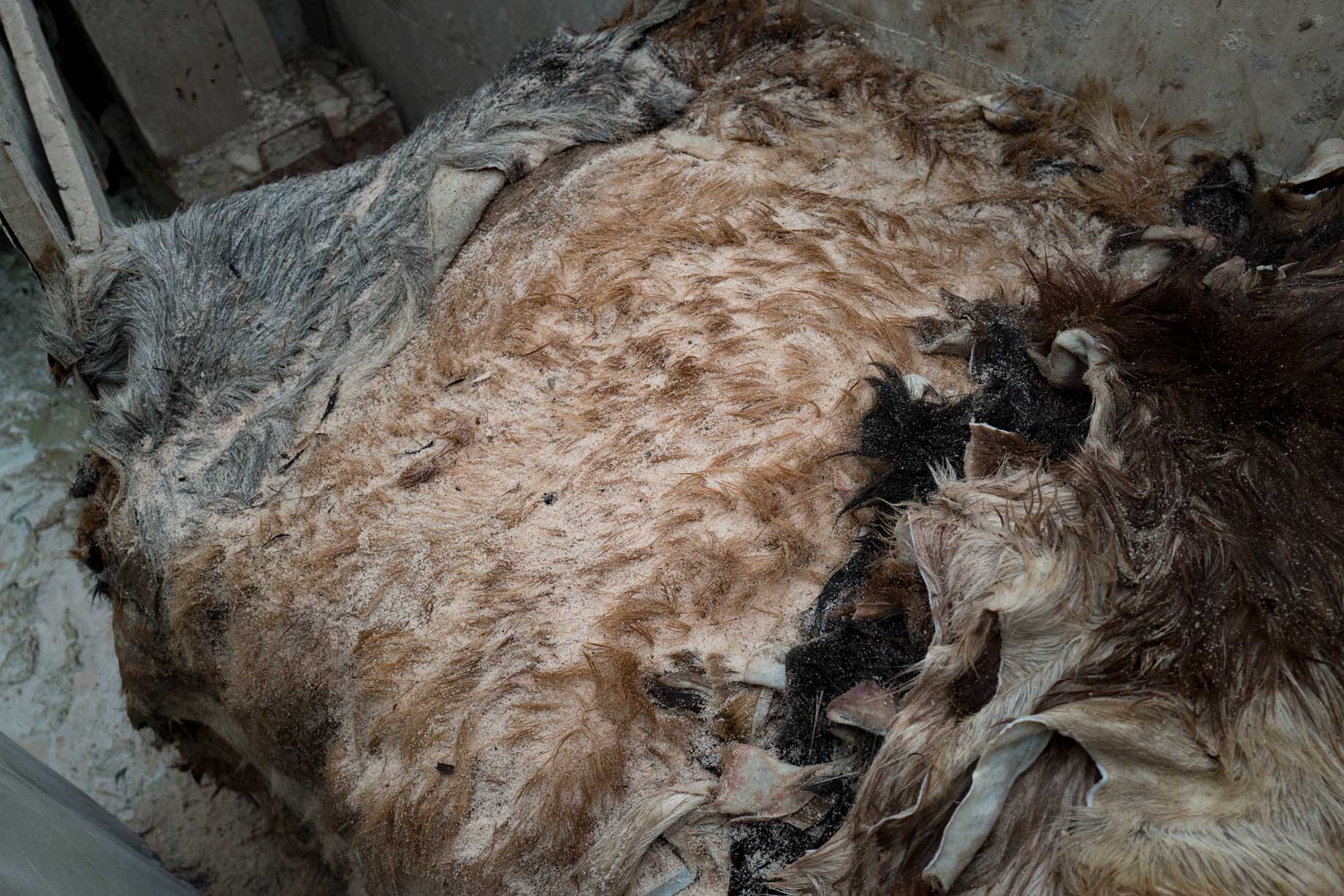



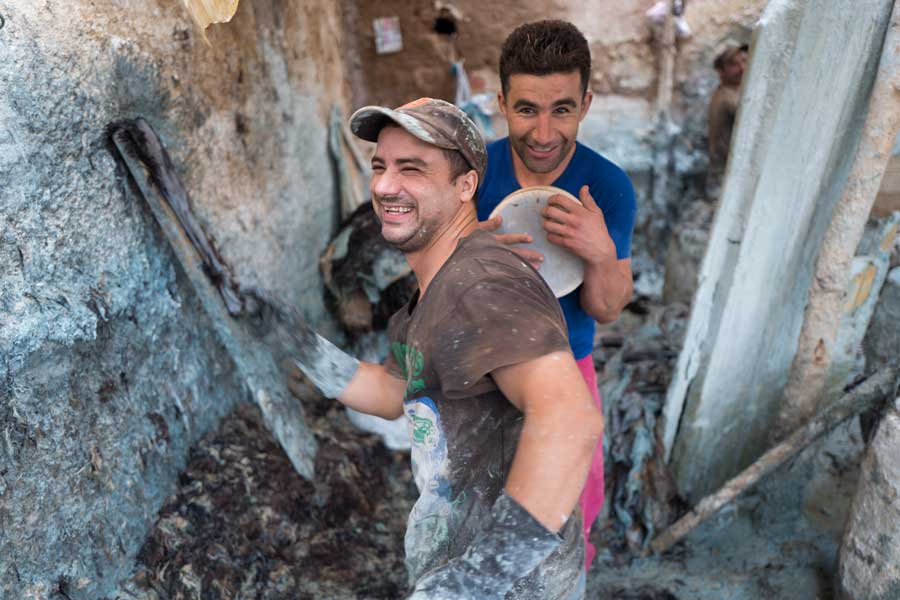
S+O — WHAT MAKES THE LEGACY OF LEATHER TANNING SO ENDURING HERE?
Abdullatif — The artisans originally made products for our own culture, the people of Morocco. If you enter a home here, even today, you will find the leather slippers to complement the djellaba caftan and leather footstools for seating. But today, many people all over the world like our designs and the quality of our product. For these reasons, the trade still exists here.
S+O — WHAT CHALLENGES DO THE LEATHER TANNERS AND ARTISANS FACE IN THEIR WORK?
Abdullatif — The profession experiences ups and downs, just like any work. When the market is doing well, then everyone is eating and drinking, and is happy. Both the artisans and the workers are enjoying their lives hassle-free and prospering. Whereas, when the market is down, artisans will experience hard times, money will be tight to ensure the living of one day, one week or one month.
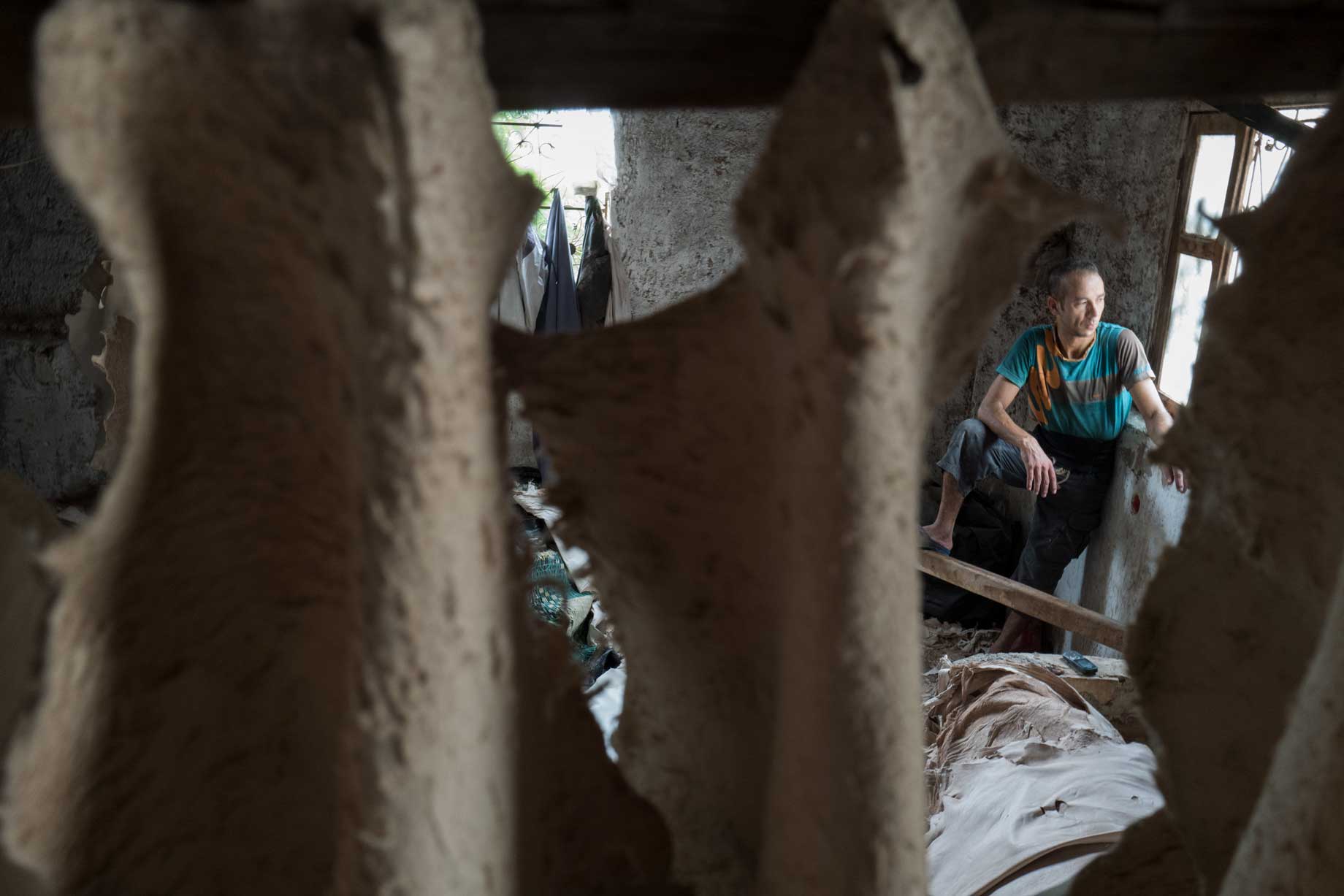
Credits
Photography by Brian Sokol
Film by K23 Films
Special Acknowledgments - Ali and Idris of Fès Guide
The Objects
Exclusive Edition 004 Moroccan Leather Tote
This lambskin leather tote was made by artisans working with traditional methods in the tanneries of Fès, Morocco where the craft of leatherwork has thrived for nearly twelve hundred years. The leather used in the tote follows ancient traditions passing first from the farmer to souk, then souk to tannery, and lastly from the tannery to artisan for quality construction of the goods.
The Destination
Fès, Morocco
Fès, Morocco was founded in 789 AD as the the first city of Idris, and was the nation’s modern day capital until 1925. The ancient walled city center and Medina of Fès El Bali is considered one of the world’s largest car free zones where nine thousand-plus alleyways are navigated solely on foot, by donkey or with the aid of a handcart. The inward facing charm of the city reveals itself only when one steps inside the beautiful courtyards of the dars and riads, typically built in stark white plaster accented by brightly colored tiles, ornate woodwork and often filled with antique treasures from the skilled artisans who have dwelled in this deeply cultured enclave for nearly thirteen hundred years. Fès with all its hidden charms still reigns as the creative capital of the North African country with an abundance of craftsmen and trade districts within the old walls and new boundaries of the city.

